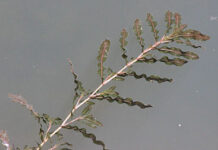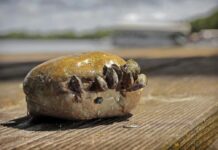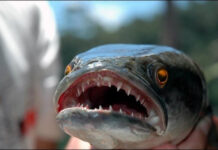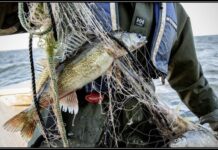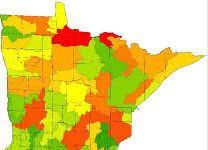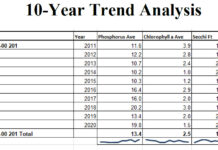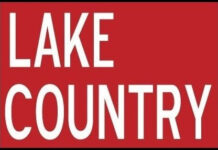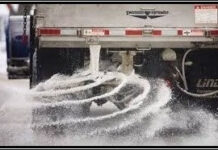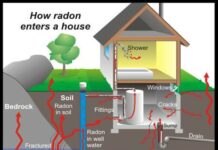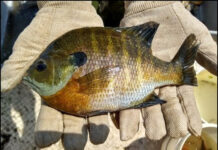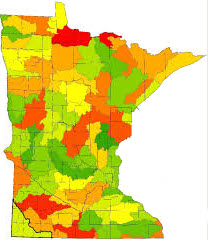The Minnesota Department of Natural Resources has created a new online tool, called the Watershed Health Assessment Framework for Lakes (WHAF for Lakes), providing easy access to water quality and health information for thousands of Minnesota lakes.
WHAF for Lakes is part of the DNR’s Watershed Health Assessment Framework (mndnr.gov/whaf/about/watershed-reports.html) and is funded by the Clean Water, Land and Legacy Amendment.
“Our staff did very innovative work over the past year to create this valuable new tool,” Ecological and Water Resources Division Director Katie Smith said. “WHAF for Lakes will benefit anyone who wants to know more about a particular lake’s water quality and the health of the aquatic habitat and community in that lake. It will also help guide decisions about lake protection and restoration.”
Users can compare a lake’s health measures to other nearby lakes. Along with graphics showing lakes’ relative water quality, biology, and hydrology, WHAF for Lakes includes information about basic lake characteristics and lake stewardship. Quick access to this information will help Minnesotans, local government, and water resource agencies work together on comprehensive watershed management efforts.
A lake’s watershed includes all land and surface water upstream of a lake outlet that contribute water to that lake. Land uses within a watershed influence lake health. Alterations of the land, the shoreline, and nearshore vegetation affect the quality of the water and the health of the aquatic community in a particular lake.
“A healthy lake is one that is nearest to its natural state — free from pollution and with a natural shoreline that protects the bank and filters runoff — which allows it to withstand changing conditions and seasonal fluctuations,” Smith said. “Healthy lakes depend on people who value these resources and invest in the protection and restoration of the water, watershed, and biology.”
Find health score explanations, scores and detail information on specific lakes by Selecting the Major Watershed and County. Shown on the page is the Lake ID, Health Score, Water Quality Score, Biology Score and Hydrology Score for each lake scored in the County. Selection of a lake will bring up tabs for Summary and tabs for description and detail of each of the scoring categories for the lake.
Lake Health
A healthy lake is nearest its natural state. Water entering the lake is free of pollution and excess nutrients. The inputs are in balance with the needs of its animal and plant communities. Lake health is further protected by a natural shoreline and by investments in careful stewardship of the lakeshed.
Water Quality Score
The quality of the water within a lake basin has a critical impact on lake health. Excess nutrients can create explosive algae growth. Turbid water can reduce light penetration and stress fish communities. Other contaminants may accumulate in fish tissue or influence their hormonal balance. Improvements to lake health must address water quality challenges present in the lake system.
Biology Score
Thriving aquatic plant and animal communities provide functions that are essential for the overall health of a lake. Monitoring the composition of these communities can determine whether a lake supports the expected range of aquatic life. The status of aquatic communities can help indicate the overall impact and response to lakeshed conditions.
Hydrology Score
When the timing and amount of water is in balance with the geomorphology of the lakeshed, the lake receives an appropriate range of water, energy, nutrients, and sediment. The presence of intact, connected natural communities in the lakeshed help provide this balance, as well as the resilience needed to handle disturbance and return to a healthy state.
Stewardship and Risks
Lakes reflect the character of the land and people within their lakeshed. Individual and community stewardship is necessary for the long-term health of any lake.
WHAF for Lakes can be accessed by searching for a particular watershed or county (arcgis.dnr.state.mn.us/ewr/whaflakes), exploring watershed health with the WHAF Map (arcgis.dnr.state.mn.us/ewr/whaf2), or using the DNR’s popular LakeFinder page (mndnr.gov/lakefind).
WHAF SHORT CUT to finding a desired lake
Watershed Districts / Soil & Water Conservation Districts
The Case For Water Quality Monitoring

